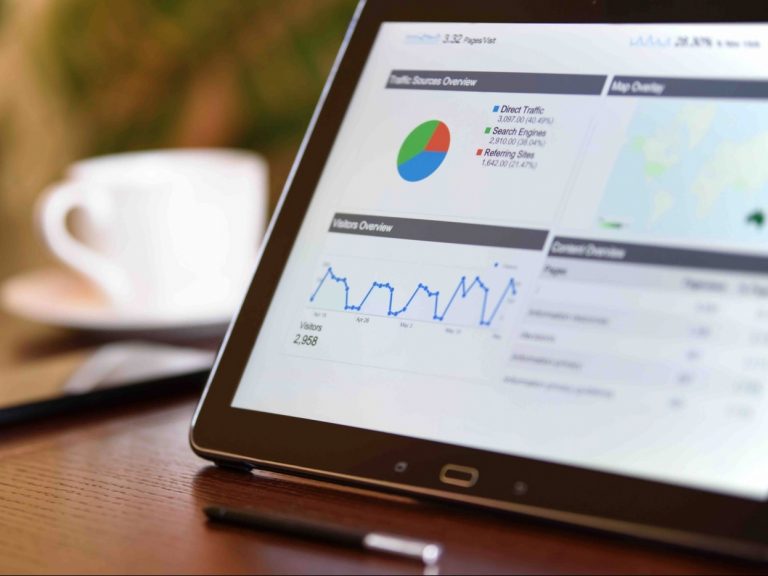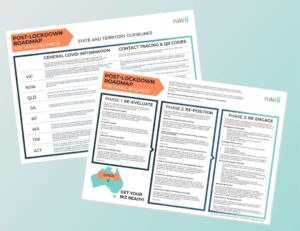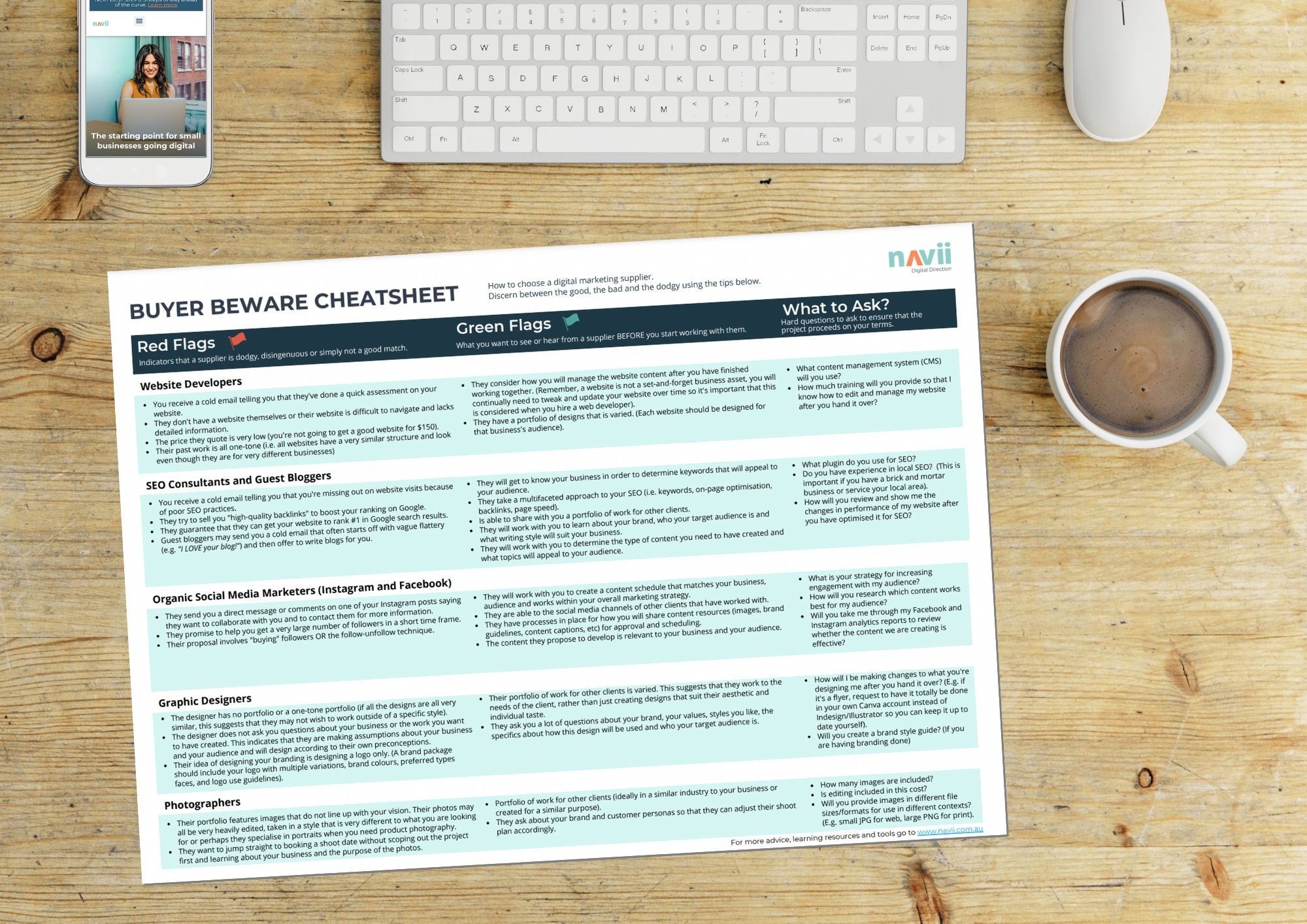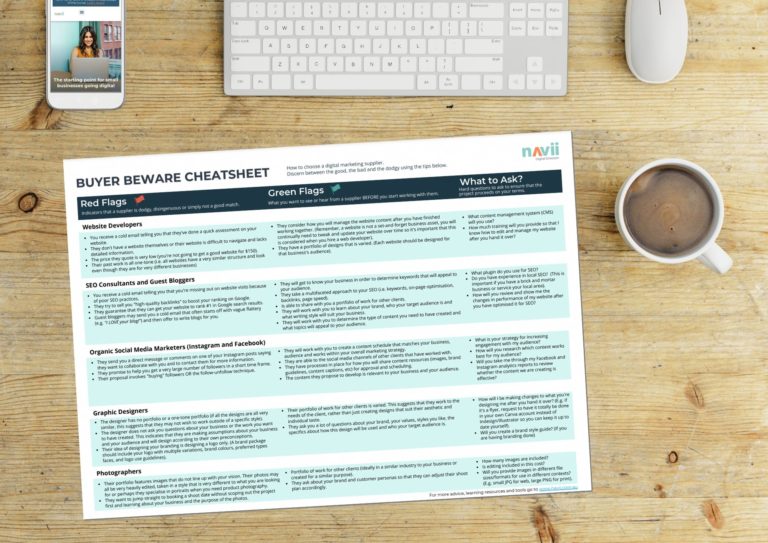GA4 has been launched and GA3 (Universal Analytics) will stop working in July 2023. Whilst there is no urgency to set up GA4, it is important to know it is coming and not leave it to the last minute as the changes are considerable.
Our recommendation is to set up GA4 as soon as possible (see our Challenge section at the bottom of this article) and run the 2 platforms concurrently to compare and understand where the information you are used to is located. This will also leave you time to find your way around and set up your conversion reports and link your search console.
That being said, please keep in mind that GA4 is in its infancy and that your cart or online shop system may not have integrated with it nor have new documentation on how to do so.
https://youtu.be/0BNCRipf85c
Key differences between the old and the new Google Analytics
A different data measurement model is used
In GA4, data isn’t reported in sessions (which were a combination of page views, events, transactions by a user within a certain timeframe) and page views anymore but in terms of events and parameters. This change allows for much richer information.
A new “tracking ID” now called Measurement ID
Tracking ID (UA-) has changed to Measurement ID (G-). The old tracking ID (starting with UA-) has been replaced by a Measurement ID (starting with G-).
Goals and e-commerce tracking has changed
The first thing you may notice is that all your goals have disappeared. Now, all important actions are tracked using conversions!
You can:
- Use an existing evens as conversions
- Create new events (e.g. track a visit to a specific thank you page as a conversion) based on existing event (here it would be the automatic page view event). You can do so in Google Analytics from within the ‘All Events’ report.
- If your conversion objective cannot be achieved using either of the option above, you’ll need to set up new event tags in Google Tag Manager. We love this video from Loves Data that explains conversions so well
Other changes
- The concept of ‘reporting views’ is gone in GA4. We are now talking about Data Streams and Audiences. The reporting interface also looks different.
- No more bounce rate: this is a huge change and means we have to get used to the new engagement rate metric.
- Event tracking setup: The event tracking in GA4 is much more powerful, allowing you to track any information that you like (which wasn’t possible in GA3). Events can track things like transaction details, elements that people have clicked etc. By default, GA4 will automatically track a number of events (e.g. page view, outbound link clicks, file download, video start, view search results) when someone views a page. Google also provides a list of recommended events for online sales.
- Enhanced measurement: You are now able to turn on enhanced measurement and track scrolls, outbound clicks, site search, video engagement and file downloads.
Search console
You will need to link GA4 to search console to see how your website is performing in the organic search results on Google. Here are detailed instructions.
To view your Search Console reports in GA4, you’ll need to go to Reports > Acquisition > Acquisition Overview. Select the card called Search console.
Your challenge
Your challenge today is to pencil in a few dates in your calendar to set up GA4. Do this before the end of the calendar year, so that you have 6 months to then have the 2 platforms running concurrently.
- Date 1: Set up the GA4 (Follow this video to upgrade)
- Date 2: Set up your conversion tracking (instructions in content above)
- Date 3: Connect search console (instructions in content above)






